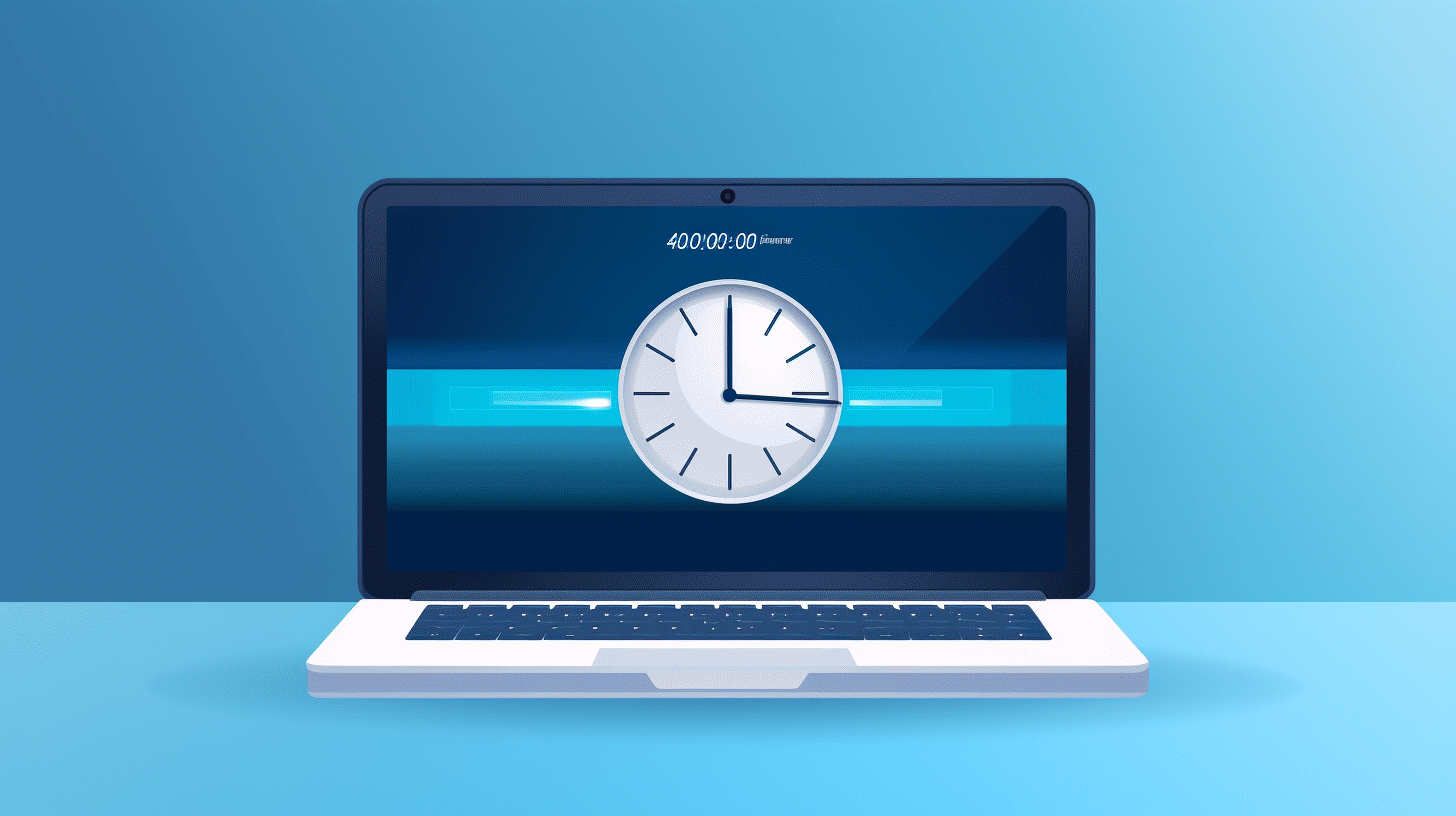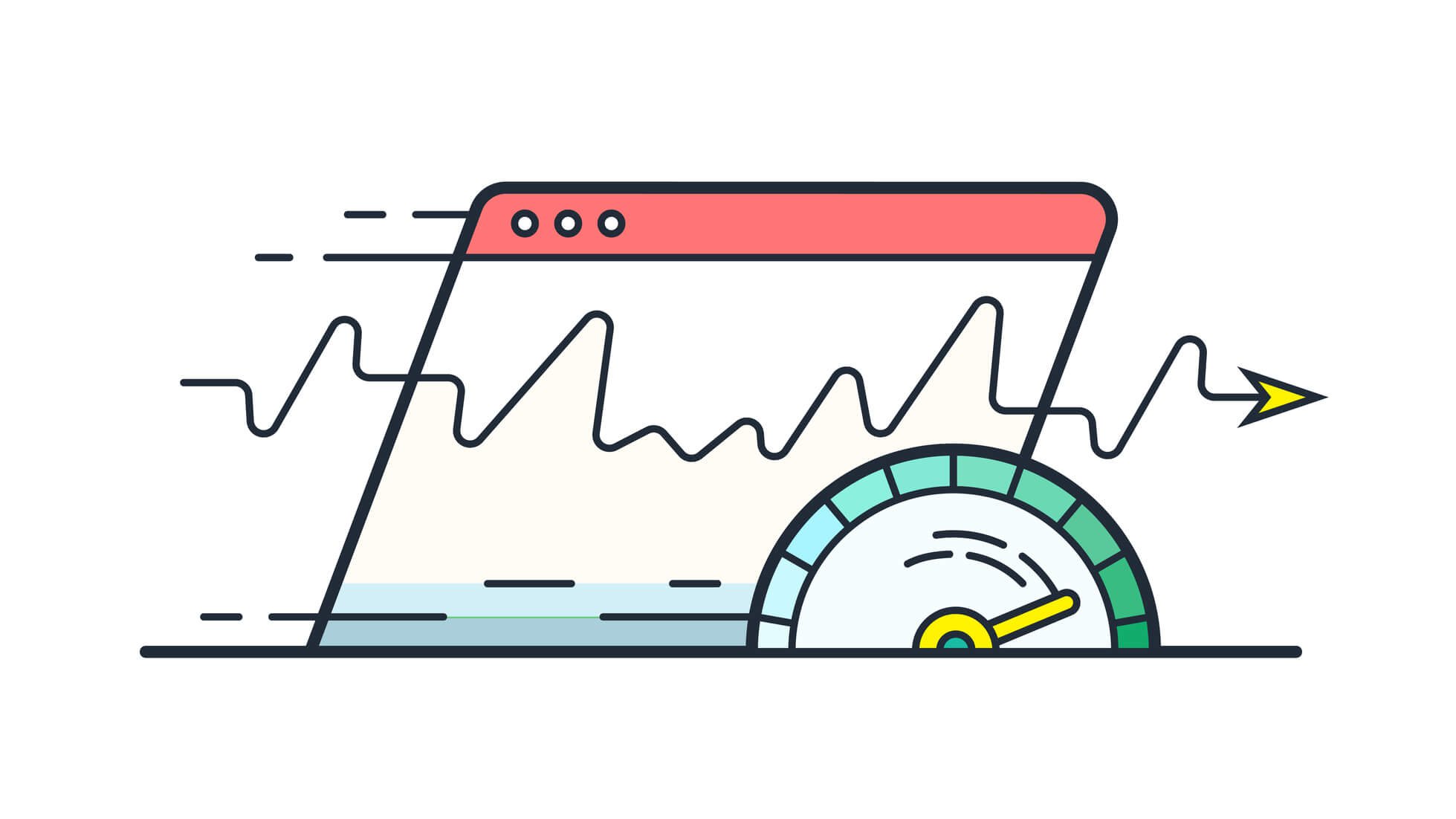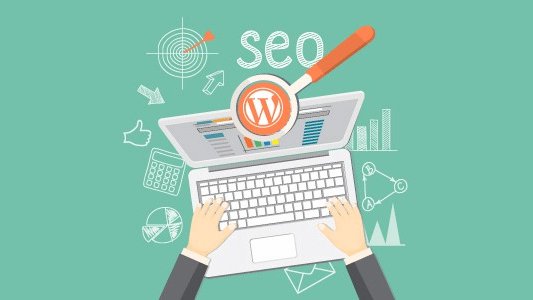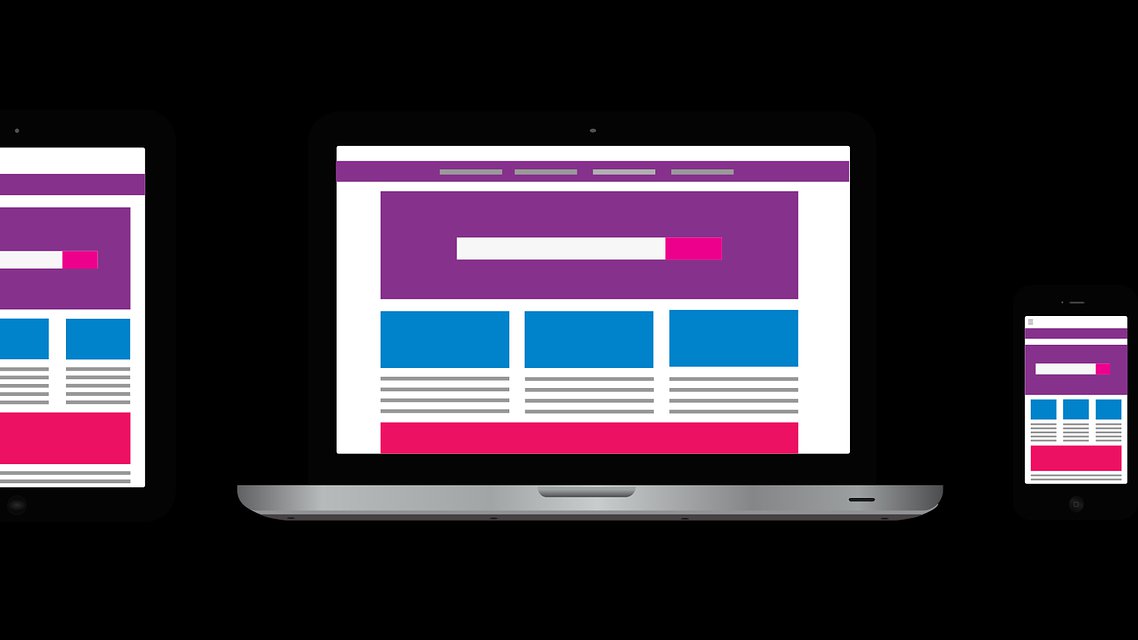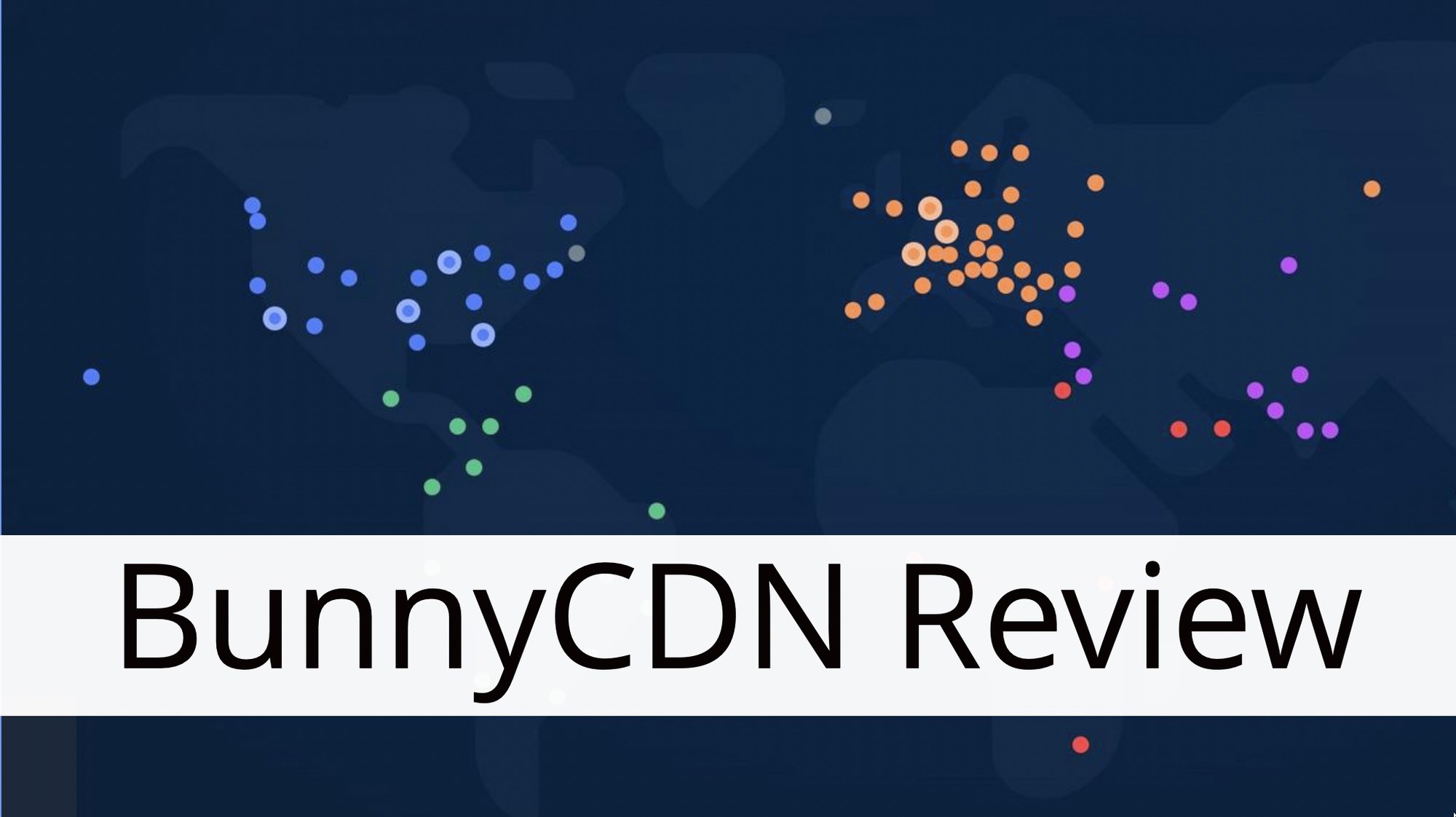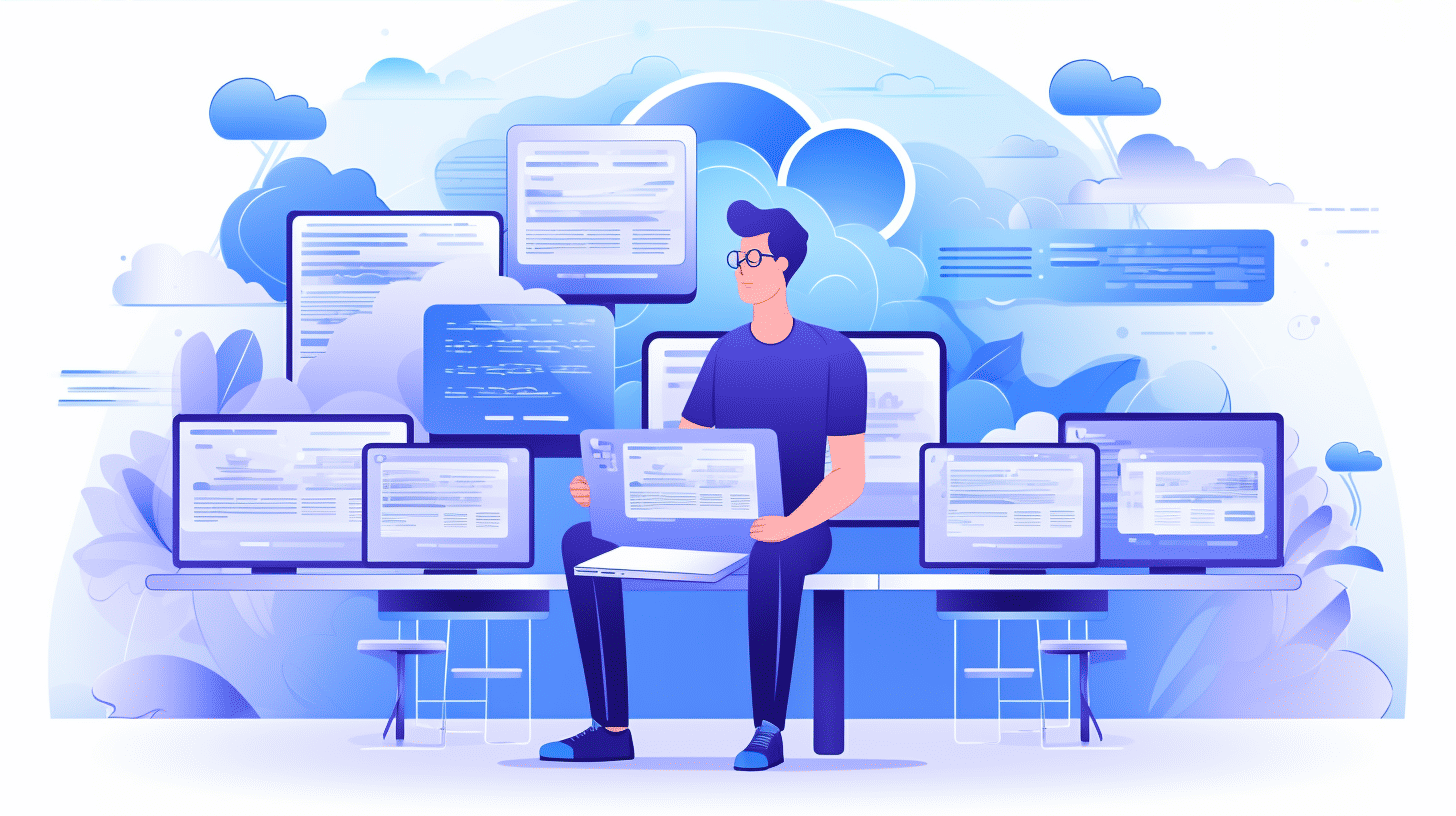In today’s fast-paced digital world, website loading speed plays a crucial role in determining the success of a business online. 🚀 A slow-loading website can frustrate visitors, causing them to bounce off and seek information or products elsewhere. This not only leads to a poor user experience but also negatively impacts your website’s search engine rankings. So, if you’re a WordPress website owner looking to enhance your site’s performance, you’re in the right place!
In this article, we will explore some simple yet effective strategies to improve the loading speed of your WordPress website. From understanding the importance of website speed to identifying common causes of slow loading times, we’ll cover all the essential aspects. Additionally, we’ll provide you with actionable tips and tools to optimize your website and enhance its overall performance. So, let’s dive in and make your WordPress site lightning fast! ⚡️
Understanding the Importance of Website Speed
In today’s fast-paced digital world, website speed plays a crucial role in ensuring a positive user experience and maintaining high search engine rankings. Whether you’re a business owner, blogger, or website developer, it’s essential to understand the importance of website speed and how it can impact your online success.
The Impact on User Experience
Imagine clicking on a link or typing in a website address and waiting for what feels like an eternity for the page to load. Frustrating, isn’t it? Well, that frustration is shared by your website visitors too. Here’s why website speed matters for user experience:
- Reduced bounce rates: Studies have shown that slow websites can lead to high exit rates. If your website takes too long to load, visitors are more likely to abandon it and seek alternatives. A delay of even a few seconds in website loading can discourage potential visitors from exploring your site further, leading to higher bounce rates.
- Improved engagement: People these days have short attention spans. They expect websites to load quickly and provide the information or services they need promptly. With faster-loading web pages, you enhance user engagement by allowing visitors to access your content quicker and interact with your site more seamlessly.
- Enhanced conversion rates: A slow-loading website not only deters visitors but also reduces the likelihood of converting them into customers or leads. Research has shown that faster websites have higher conversion rates. By improving your website speed, you create a more favorable environment for visitors to take the desired action, whether it’s making a purchase, filling out a form, or subscribing to your newsletter.
The Effect on SEO Rankings
Apart from the impact on user experience, website speed also affects your search engine optimization (SEO) rankings. Search engines like Google consider website speed as one of the ranking factors. Here’s how it can affect your SEO:
- Better crawlability: Search engine bots need to crawl and index your website’s pages efficiently. If your site takes too long to load, it may negatively impact the crawlability and indexing process. As a result, your web pages may not be fully discovered and ranked in search engine results.
- Improved user signals: Search engines take into account various user signals to determine the quality and relevance of a website. Website speed is one of those signals. If your site is slow, visitors are more likely to leave, sending a negative signal to search engines. On the other hand, faster websites tend to have better user engagement and lower bounce rates, which can positively impact your search engine rankings.
- Mobile friendliness: With the increasing use of mobile devices for browsing the internet, mobile-friendliness has become a crucial factor in SEO. Websites that load quickly on mobile devices are more likely to rank higher in mobile search results. Optimizing your website speed can help you stay competitive in the mobile-first era.
In conclusion, website speed is not just a technical aspect but a critical factor that can impact user experience and SEO rankings. By prioritizing website speed optimization, you can improve user engagement, reduce bounce rates, boost conversion rates, and ultimately drive more traffic to your site. So, don’t underestimate the power of a fast-loading website! 🚀
Common Causes of Slow Loading Times
Slow loading times can be frustrating for website visitors and can even lead to a decrease in user engagement and conversions. There are several factors that can contribute to slow loading times, and it is essential to identify and address them to ensure a smooth user experience. In this section, we will explore some of the common causes of slow loading times and provide insights on how to resolve them.
Outdated WordPress Version
One of the leading causes of slow loading times is an outdated version of WordPress. It’s crucial to keep your WordPress installation up to date to take advantage of the latest performance optimizations and security patches. Outdated versions may not be as efficient in handling website rendering and can lead to increased loading times. Ensure that you regularly update your WordPress installation to the latest stable version to minimize any performance bottlenecks.
Inefficient Code Scripts
The code scripts used in your website can significantly impact its loading speed. Inefficient or poorly optimized scripts can slow down the rendering process and result in longer loading times. It’s important to review and optimize your code regularly to eliminate any unnecessary or redundant scripts. This can be achieved by minifying and compressing your CSS and JavaScript files and removing any unused or outdated code snippets.
Large Image Files
Images play a crucial role in enhancing visual appeal on a website, but large image files can significantly slow down loading times. High-resolution images and uncompressed formats take up more bandwidth and require additional time to load. To address this issue, consider optimizing your images by compressing them without sacrificing image quality. There are various plugins and tools available that can automatically compress and optimize images, helping to reduce their file size and improve loading times.
Too Many HTTP Requests
Each element on your website, including CSS files, JavaScript files, images, and fonts, requires a separate HTTP request. Having too many HTTP requests can overwhelm the server and lead to slower loading times. To reduce the number of HTTP requests, consider combining and minifying your CSS and JavaScript files. Additionally, use CSS sprites to combine multiple images into a single file, reducing the number of requests required to load them.
Excessive Use of Plugins and Widgets
While plugins and widgets can add functionality to your website, excessive use can also contribute to slow loading times. Each additional plugin or widget adds extra code that needs to be processed, increasing the burden on the server. It’s important to regularly audit your plugins and remove any unnecessary or unused ones. Consider using lightweight alternatives or custom coding for specific functionalities to reduce reliance on plugins.
By addressing these common causes of slow loading times, you can improve the overall performance of your website and provide a seamless experience for your visitors. Regularly optimizing your WordPress installation, code scripts, image files, and managing plugins and widgets can go a long way in ensuring faster loading times and increased user satisfaction.
Strategies to Improve Loading Speed
In today’s fast-paced digital world, website loading speed plays a crucial role in providing a positive user experience. When a website takes too long to load, visitors are more likely to abandon it and move on to a faster alternative. Moreover, search engines also prioritize websites that load quickly, resulting in improved rankings and organic traffic. To ensure your website is fast and efficient, consider implementing the following strategies:
WordPress Version Updates
One of the easiest ways to improve loading speed is to keep your WordPress version up to date. With each new release, the platform introduces optimizations and fixes that can significantly enhance performance. By regularly updating your WordPress installation, you can take advantage of these improvements and ensure that your website is running on the latest technology.
Code Minification
Code minification is a technique that involves removing unnecessary characters and spaces from your website’s code. By compressing your HTML, CSS, and JavaScript files, you can reduce their file size and improve loading speed. Minification not only enhances performance but also makes your website easier to maintain and update. Utilize minification tools or plugins to automatically minify your code and optimize your website’s performance.
Image Optimization
Images are often the largest files on a website, and they can significantly contribute to slow loading times. To enhance your website’s loading speed, it’s crucial to optimize your images without compromising their quality. Consider the following techniques:
- Resize images to the appropriate dimensions before uploading them to your website.
- Compress images using tools like Photoshop, TinyPNG, or plugins like Smush.
- Utilize lazy loading techniques to load images only when they become visible to the user.
By implementing these image optimization strategies, you can significantly reduce the file size of your website’s images and improve loading speed.
HTTP Requests Reduction
Each time a user visits a web page, their browser sends a request to the server to fetch the necessary files. These files include HTML, CSS, JavaScript, images, and more. The more requests a web page requires, the longer it takes to load. To optimize loading speed, it’s important to minimize the number of HTTP requests your website makes. Here are some ways to achieve that:
- Combine multiple CSS or JavaScript files into one, reducing the number of separate requests.
- Utilize CSS sprites to combine multiple images into a single file and reduce individual image requests.
- Remove unnecessary plugins or scripts that generate additional HTTP requests.
Reducing the number of HTTP requests can significantly speed up your website’s loading time and improve the overall user experience.
Plugin and Widget Management
While plugins and widgets can add functionality to your website, an excessive number of them can significantly impact loading speed. Each plugin or widget adds additional code to your website, which can slow down its performance. To optimize loading speed, it’s essential to evaluate and manage your plugins and widgets. Consider the following steps:
- Disable or remove any unnecessary plugins or widgets.
- Opt for lightweight alternatives or custom solutions for essential functionality.
- Regularly update your plugins and widgets to ensure you’re using the latest optimized versions.
By carefully managing your plugins and widgets, you can minimize their impact on your website’s loading speed and provide a faster browsing experience for your visitors.
Remember, improving your website’s loading speed is an ongoing process. Regularly monitor and test your website’s performance to identify areas for improvement and implement the strategies mentioned above. By optimizing loading speed, you can enhance user experience, boost search engine rankings, and increase conversions on your website.
Tools for Measuring and Optimizing Site Speed
In today’s digital landscape, a fast and responsive website is no longer just a luxury; it’s a necessity. Internet users have become increasingly impatient, and studies have shown that slow-loading websites can result in higher bounce rates and decreased conversions. That’s why it’s crucial for website owners and developers to continuously monitor and optimize their site’s speed.
Fortunately, there are various tools available that can help measure and optimize site speed, allowing you to identify and address any performance issues. These tools provide valuable insights and actionable recommendations that can ultimately enhance the user experience and improve site performance. Here are a few popular options:
-
Google PageSpeed Insights:
- This free tool from Google measures the performance of your website across different devices and provides a detailed report on areas that could be improved. It analyzes various factors that impact site speed, including server response time, render-blocking resources, and image optimization.
- This tool not only identifies issues but also suggests specific optimizations, such as compressing images or leveraging browser caching. It assigns a score to your website’s performance and categorizes it as fast, average, or slow.
- Reference: Google PageSpeed Insights
-
Pingdom:
- Pingdom is another popular tool for website speed monitoring and optimization. It analyzes your website’s performance from multiple locations around the world and provides a comprehensive breakdown of page load times, file sizes, and performance grades.
- One of the key features of Pingdom is its waterfall analysis, which allows you to see how each element on your page contributes to the overall load time. This can help you identify and address specific bottlenecks.
- Pingdom also provides performance monitoring and alerting, allowing you to receive notifications when your website experiences performance issues.
- Reference: Pingdom
By leveraging these tools, you can gain valuable insights into your website’s performance and uncover opportunities for optimization. It’s important to regularly assess your site’s speed and make necessary improvements to ensure a smooth and efficient user experience. Remember, every second counts in the digital world, and a faster website can lead to increased customer satisfaction and better business outcomes. So, don’t underestimate the power of optimizing your site’s speed!
Conclusion and Key Takeaways
In conclusion, optimizing the loading speed of your WordPress website is crucial for delivering a seamless user experience and improving your SEO rankings. By implementing the following strategies, you can significantly enhance the performance of your site:
- Keep your WordPress version up to date: Regularly updating your WordPress version ensures that you have access to the latest features and security improvements.
- Minify your code: Compressing your code scripts will reduce the file size and improve the loading speed of your website.
- Optimize your images: Resize and optimize your images to reduce their file size without compromising on quality. This will help your pages load faster.
- Reduce HTTP requests: Minimize the number of HTTP requests by combining CSS and JavaScript files, and using CSS sprites for multiple images.
- Manage your plugins and widgets: Remove any unnecessary plugins and widgets from your website. Only keep the ones that are essential for your site’s functionality.
To further enhance your website’s speed optimization efforts, you can make use of various tools that help measure and analyze your site’s performance. These tools provide valuable insights and recommendations for further improvements. Some popular tools you can consider are Google PageSpeed Insights and GTmetrix. These tools will give you an in-depth analysis of your site’s loading speed and suggest optimizations.
Remember, a fast-loading website not only improves user experience and SEO rankings but also encourages visitors to stay on your site longer. By prioritizing website speed, you can create a better online presence, increase conversions, and ultimately, drive the success of your business.
So why wait? Take the necessary steps to optimize your WordPress website’s loading speed and reap the benefits of a faster, more efficient online presence.
If you’re looking for a reliable hosting platform to support your speed optimization efforts, consider Managed-WP™. With our premium managed WordPress cloud hosting, you’ll have a simplified infrastructure, the freedom to craft exceptional digital experiences, and expert 24/7/365 problem-solving. Visit Managed-WP today and take your website performance to new heights. ✨🚀
Frequently Asked Questions
- Why is the loading speed of my WordPress website important?
The loading speed of your WordPress website is crucial because it affects user experience, bounce rate, search engine rankings, and conversion rates. A slow website can discourage visitors and negatively impact your website’s performance.
- What are some common factors affecting the loading speed of a WordPress website?
Some common factors affecting the loading speed of a WordPress website include large image sizes, poorly coded themes or plugins, excessive use of external scripts, lack of caching, excessive database queries, and slow hosting servers.
- How can I optimize images to improve the loading speed of my WordPress website?
You can optimize images by compressing them without compromising quality, using the correct file format (JPEG for photographs, PNG for graphics), resizing images to the appropriate dimensions, and utilizing lazy loading techniques to load images as they appear in the viewport.
- What caching plugins can I use to boost the loading speed of my WordPress website?
Some popular caching plugins for WordPress are WP Rocket, W3 Total Cache, and WP Super Cache. These plugins help generate static HTML files of your website, which are served to visitors, resulting in faster loading times.
- Should I consider changing my hosting provider to improve the loading speed of my WordPress website?
If you have optimized your website and implemented various speed improvement techniques but are still experiencing slow loading times, it may be worth considering switching to a faster hosting provider. Choose a hosting provider that specializes in WordPress hosting and offers high-performing servers.











